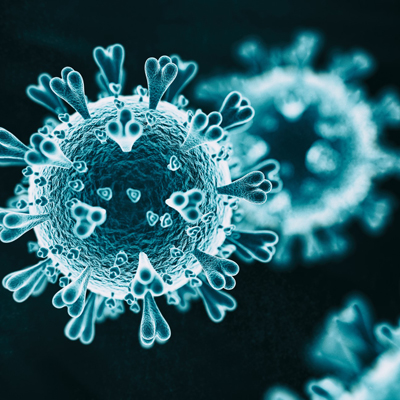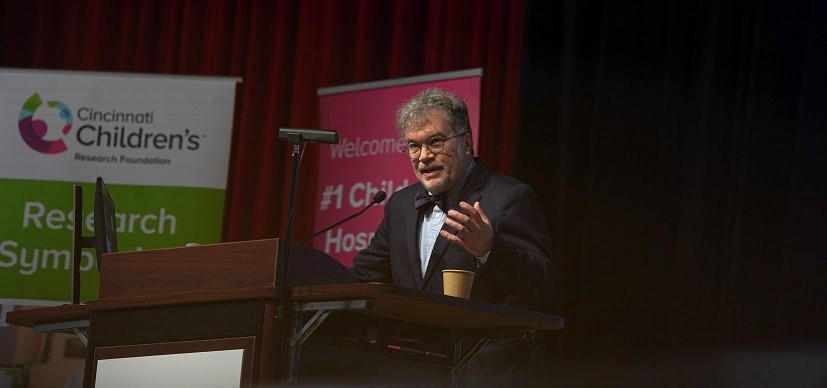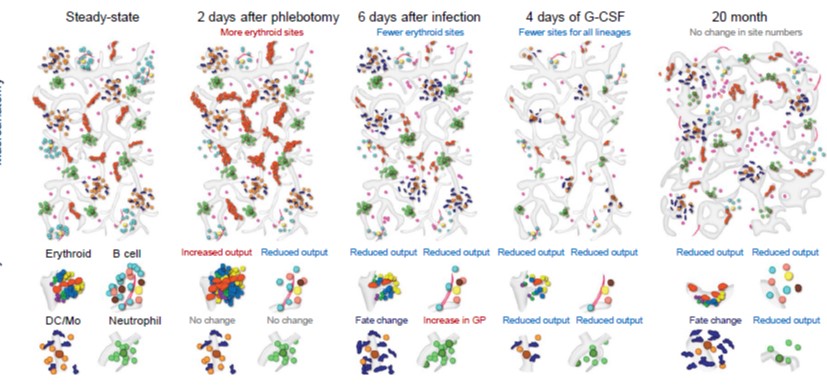COVID-19 Research Update: Child Data Starting to Flow, Emory VTEU Activated
Post Date: March 17, 2020 | Publish Date:

Experts worldwide in infectious diseases, virology, pulmonary medicine, public health, and other fields are racing to understand how the novel coronavirus COVID-19 works and what can be done to stop it.
That work includes clinicians and scientists at Cincinnati Children’s. Here are some of the ways experts here are involved and becoming involved.
THE SEARCH FOR TREATMENTS AND A VACCINE
The Vaccine Treatment and Evaluation Unit (VTEU) at Emory University has been activated to join a 20-site National Institutes of Health clinical trial to evaluate novel therapies for people hospitalized by COVID-19. (Read the announcement)
There are nine VTEUs nationwide, including one based at Cincinnati Children’s, which has a long history of vaccine research. They’re all part of the Infectious Diseases Clinical Research Consortium, which was formed in 2019 to support the planning and implementation of infectious diseases clinical research.
So far, the VTEU at Cincinnati Children’s has not been activated, says Paul Spearman, MD, Director, Division of Infectious Diseases here, but teams here are getting ready.
“Yes, we are preparing for this trial. Bob Frenck and I have taken the lead on this, and hope to work with many others locally,” Spearman says. “We are planning to partner with the University of Cincinnati in order to offer infected adults access to the clinical trial. However we are not yet activated as a site.”
RESEARCH ACTIVITIES ADJUSTING TO PANDEMIC RESTRICTIONS
Meanwhile, much like other research centers including the University of Cincinnati, research leaders at Cincinnati Children’s are working carefully to restructure the conduct of ongoing research to minimize exposure to personnel.
Carrying out the work adjustments is no simple task. Cincinnati Children’s received more than $240 million in external research funding in FY2019, which fuels the work of more than 900 faculty scientists and thousands of laboratory workers.
Read more highlights about discoveries here in our 2019 Research Annual Report.
TRACKING HOW COVID-19 AFFECTS CHILDREN
Brandon Michael Henry, MD, a research fellow at Cincinnati Children’s, is the corresponding author on several reports supporting an ongoing preliminary epidemiological analysis of children and adolescents with COVID-19.
This not-yet-peer-reviewed data first appeared March 6, 2020, on the pre-print server MedRxiv. It has been updated since.
Of the first 82 young patients included, the median age was 10. Patients from mainland China (outside Hubei) accounted for 46.3% of cases, while 53.7% of cases were international. Males accounted for 52.4% of cases; females 32.9%; while gender was unknown in 14.6% of the cases.
“To-date, (reported cases) are more common in males than females in both the children and adolescent age groups. Additionally, this male predominance remains the case both inside and outside of China,” the report states.
So how did Henry, who works as a research fellow in the Cardiac Intensive Care Unit at Cincinnati Children’s, get involved in COVID-19 work? After seeing an initial lack of pediatric data, he linked up with contacts he had in Italy where the pandemic has been striking hard.
Together, they have collected and started to analyze data from a multitude of sources, including translating reports written in Chinese.
On March 16, 2020, in the journal Clinical Chemistry and Laboratory Medicine, Henry and colleagues reported more findings based on laboratory data from 66 children with mild-to-moderate symptoms.
This data shows differences in how children and adults react the COVID-19 infection—and that reactions to the new coronavirus are not following previous pediatric experience with SARS, as many had predicted.
“In summary, and unlike in adults, a consistent pattern of laboratory derangements has yet to be observed in children with confirmed COVID-19. The laboratory alternations reported in children with SARS are not consistent with the early observations in cases of COVID-19. We recommend clinicians to monitor lymphocyte count and CRP as signs for severe infection, while monitoring PCT for potential bacterial co-infection. IL-6 should be investigated as a potential prognostic indicator in severe COVID-19.”
The group is still working on collecting and analyzing data on severe cases.
FECAL-ORAL TRANSMISSION RISK REPORTED
For children, the risk of serious disease from COVID-19 has appeared to be low since the pandemic began. But they are being infected, according to these findings published March 13, 2020, in the Pediatric Infectious Disease Journal.
“Preliminary evidence suggests children are just as likely as adults to become infected with SARS-CoV-2 but are less likely to be symptomatic or develop severe symptoms,” the co-authors state. “However, the importance of children in transmitting the virus remains uncertain.”
Meanwhile, more information published online March 13, 2020, in Nature Medicine indicates that doctors in China have detected COVID-19 virus in fecal samples from some infected children AFTER they had tested negative for the virus in throat and nasal swabs.
The findings, along with other reports that children more frequently exhibit gastrointestinal symptoms from the infection, suggest a risk of fecal-oral transmission.
MORE LINKS TO COVID-19 SCIENCE NEWS
Forbes: Cincinnati Startup Could Have Therapeutic Option For COVID-19
BioSpace: First Patient Dosed in Moderna’s COVID-19 Vaccine Trial
KFOR-TV (Oklahoma City): Drug used to originally fight malaria showing promise in treating coronavirus, Oklahoma Medical Research Foundation says
BBC: Coronavirus: Australian scientists map how immune system fights virus
The Scientist: Possible Biological Explanations for Kids’ Escape from COVID-19
HOW YOU CAN TRACK PEDIATRIC NEWS ABOUT COVID-19
A frequently updated collection of pediatric COVID-19 papers can be found here
An excellent pandemic tracking dashboard from Johns Hopkins University






